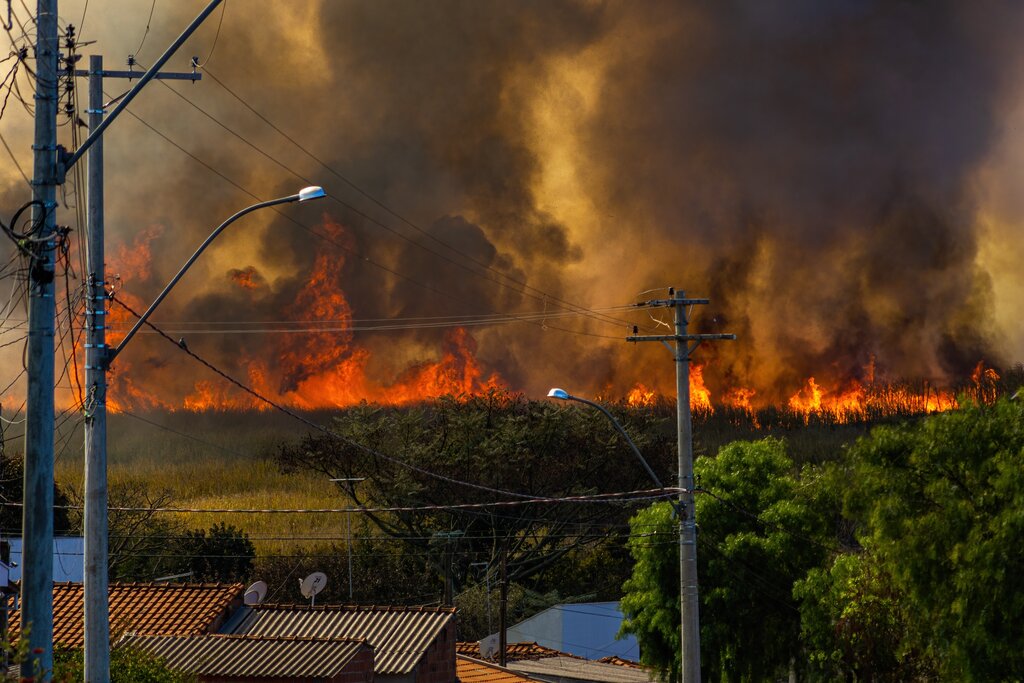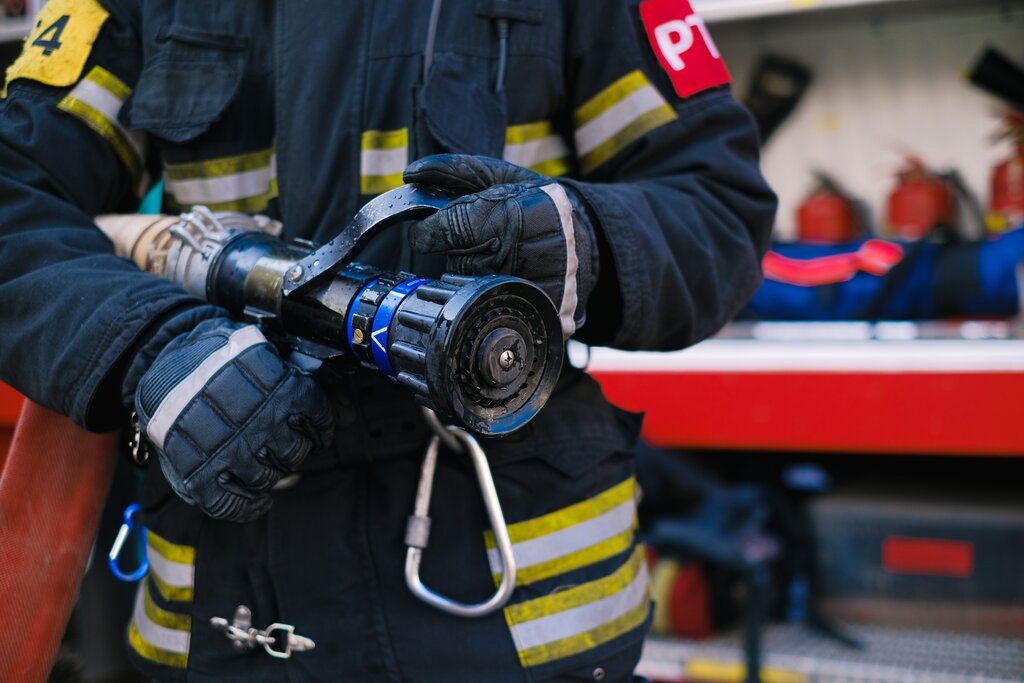2016 Wildfire Update
Here’s an update on the aftermath of major North American wildfires experienced during the 2016 wildfire season:
Fort McMurray Fire
The Fort McMurray Fire in Alberta, Canada, began in early May and burned until it had scorched almost 1.5 million acres. The fire displaced some 90,000 residents, and destroyed about 2,400 homes before firefighters were able to contain it in mid-July.
The fire could end up being the costliest natural disaster in Canadian history. Total damages are estimated between $4 billion and $9 billion.
Small fires, or “hot spots,” burning in previously affected areas are being dealt with immediately by fire crews, but they are considered to be low risk, as there is limited fuel left to burn. The area around the city is constantly being monitored by firefighters.
The Canadian Red Cross has raised $299 million for recovery efforts in the area. Another $40 million has been set aside to cover transportation and resettlement costs for evacuees who are trying to piece their lives back together.
In the meantime, the Royal Canadian Mounted Police have determined that the wildfire was most likely caused by human negligence.
Erskine Fire
In California’s Sequoia National Forest, the destructive Erskine Fire was finally 100% contained on July 11, after burning more than 48,000 acres. The blaze resulted in the deaths of two Lake Isabella residents and the destruction of 309 homes.
California fire officials are still actively engaged in recovery operations. An interagency Burned Area Emergency Response (BAER) team has been established by the Sequoia National Forest and the Bureau of Land Management to begin the second phase of recovery for the Erskine Fire. The goal of this team is to evaluate the burned watersheds and determine the potential for increased post-fire flooding, sediment flows, and rock slides.
The cause of the blaze is still under investigation, although arson has not been ruled out.
Soberanes Fire
The Soberness Fire, in the Monterey County on the central coast of California, has scorched almost 130,000 acres of the Los Padres National Forest since it ignited on July 22. The wildfire burning between Carmel Valley and Big Sur destroyed 57 homes and resulted in one fatality.
This fire continues to burn in steep, rugged and inaccessible terrain. InciWeb lists the cause of the Erskine Fire as an illegal campfire.
At the time of this writing, the fire is more than 90% contained, and it is expected to burn until mid-October.
Cliff Creek Fire
The Cliff Creek Fire near Bondurant, Wyoming, which was sparked by lightning on July 17, is now 97% contained. Earlier in August, heavy winds and very dry conditions expanded the fire rapidly within the fire containment lines, resulting in total acreage burned of more than 34,000.
InciWeb has reported that smoke from trees burning on the interior may still be visible for some time. These hot spots will naturally extinguish once there is enough rain and snow on the ground. Fire Officials estimated that this fire will be 100% contained by the end of October.
Lava Mountain Fire
Elsewhere in Wyoming, another lightning-sparked fire which began July 11, has burned almost 15,000 acres of the Shoshone National Forest. The Lava Mountain Fire is burning in a mixed coniferous forest with a large amount of bug-decimated timber and is being pushed by gusty winds from the northwest, according to InciWeb.
Wildfire in a bug-killed forest is extremely hazardous and difficult to suppress, according to fire officials. (See related article, “Beetle-Infested Timber Spells Trouble for Wildfire Fighters.”) As a result, agency administrators, in conjunction with Incident Management Teams, are carefully considering when and where firefighters can effectively engage this fire. The agency expects full containment to be reached sometime in October.
Dog Head Fire
Meanwhile, the Dog Head Fire in the Manzano Mountains of New Mexico was apparently caused by a federally funded wildland brush- and wood-clearing effort designed to prevent exactly that kind of wildfire.
The preliminary findings indicate that the 18,000-acre blaze was started on June 14 by a masticator, a forest-thinning machine that grinds and shreds trees, dead wood, brush and other fuel as it moves across the ground. The machine itself did not catch fire; rather, the material it was grinding and throwing onto the forest floor was the source of the blaze, according to the US Forest Service.
The fire raged across 28 square miles, destroyed 24 homes and forced the evacuation of numerous residents. As of mid-July, the Dog Head fire was 100% contained.
Sources:
Featured Image: FEMA Photo, Public Domain
InciWeb






